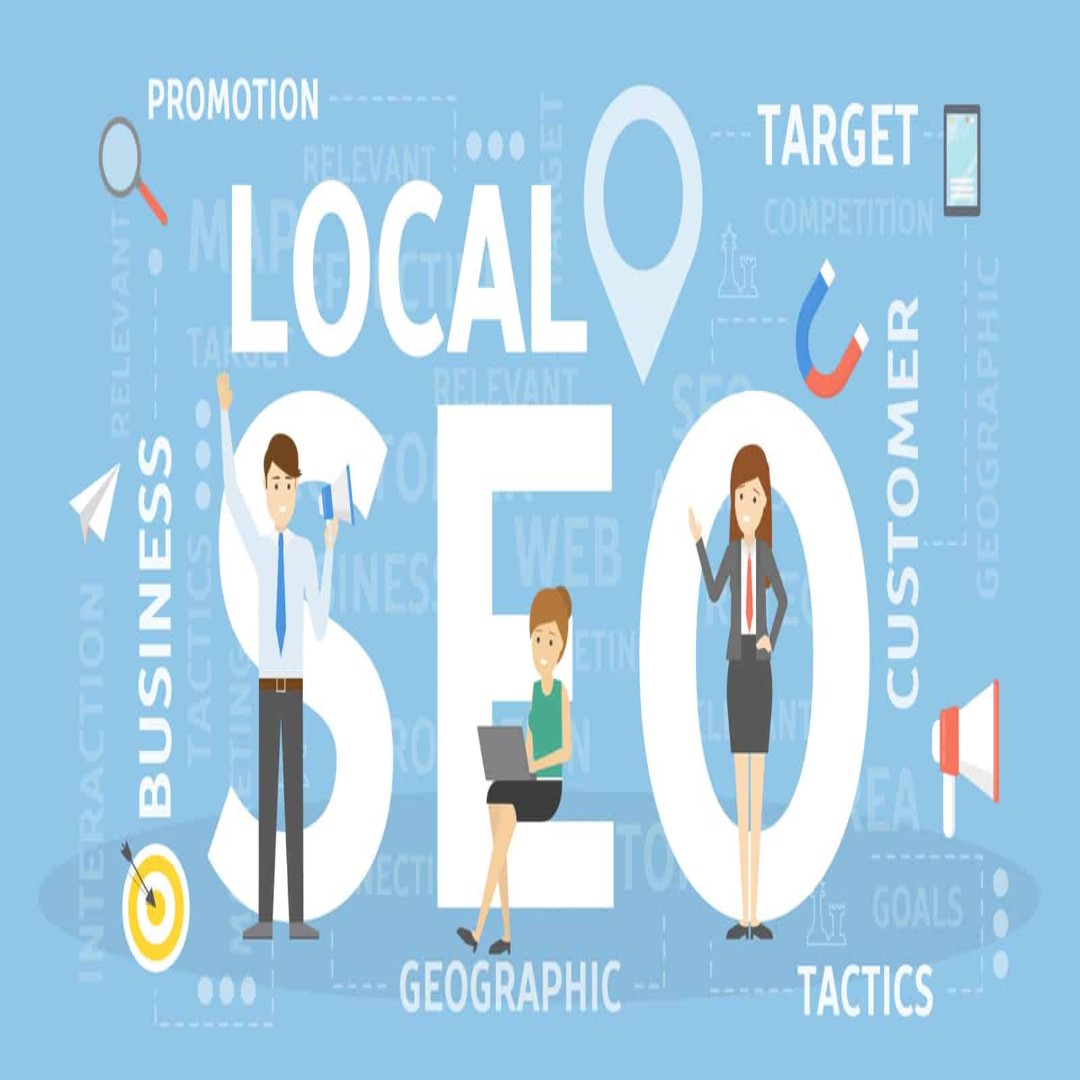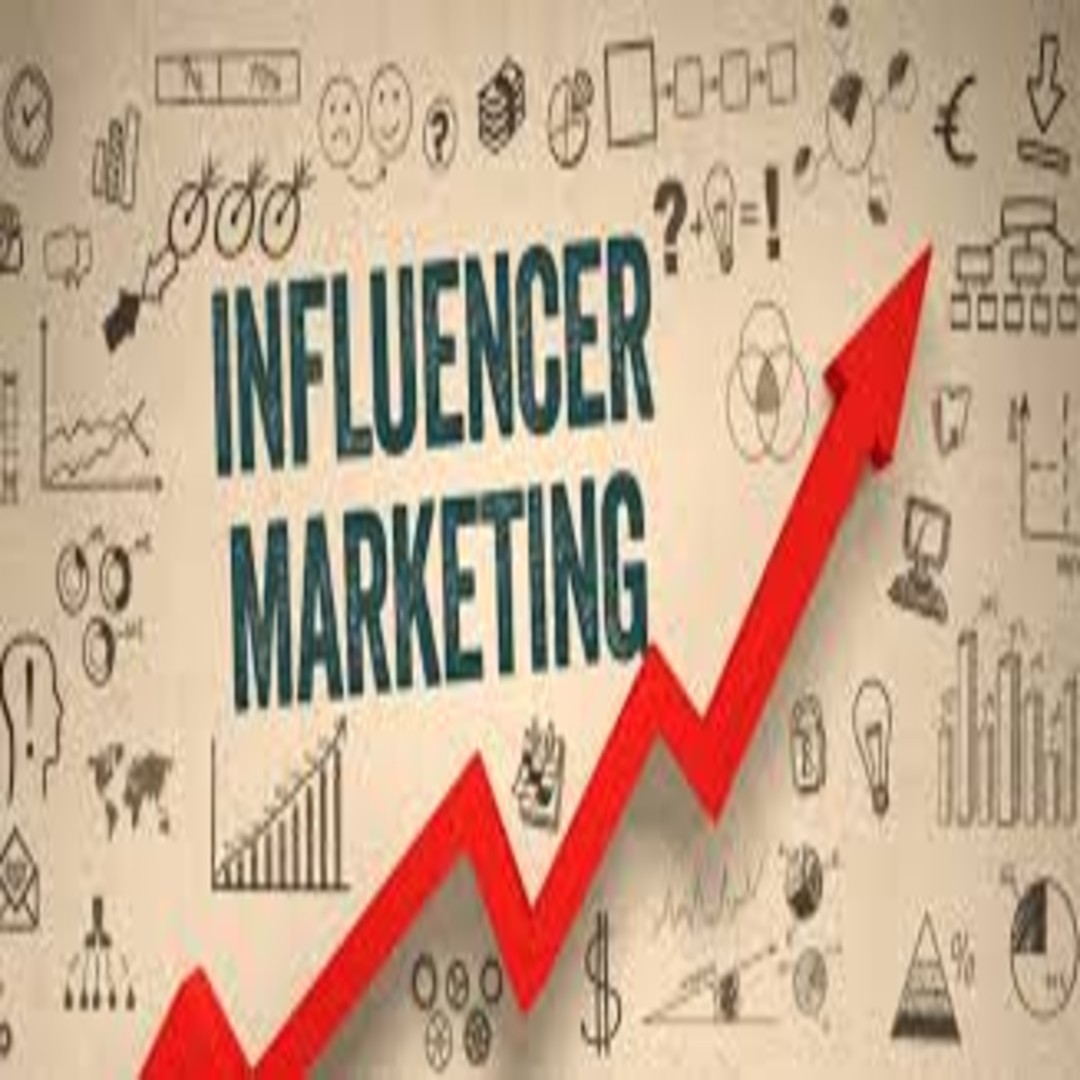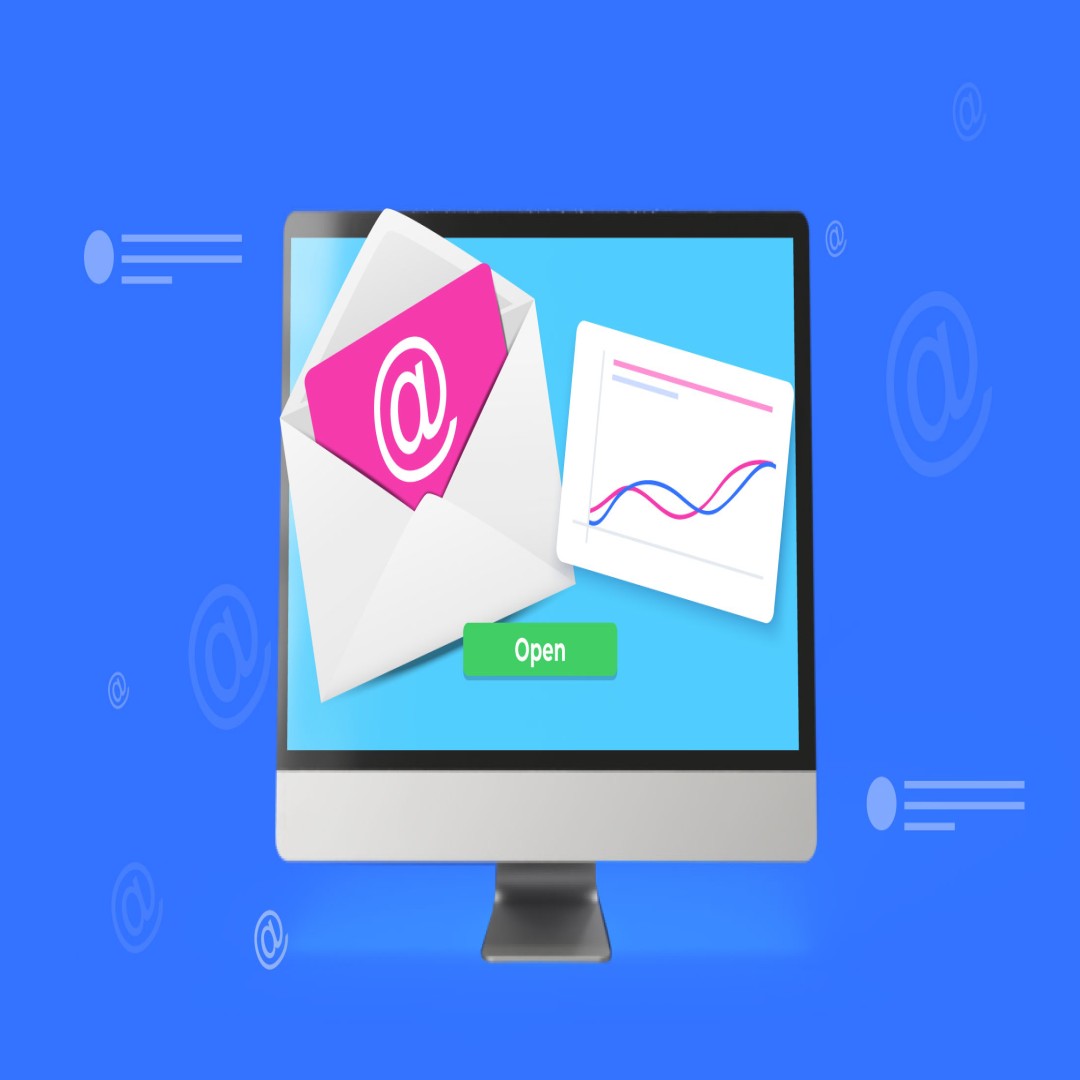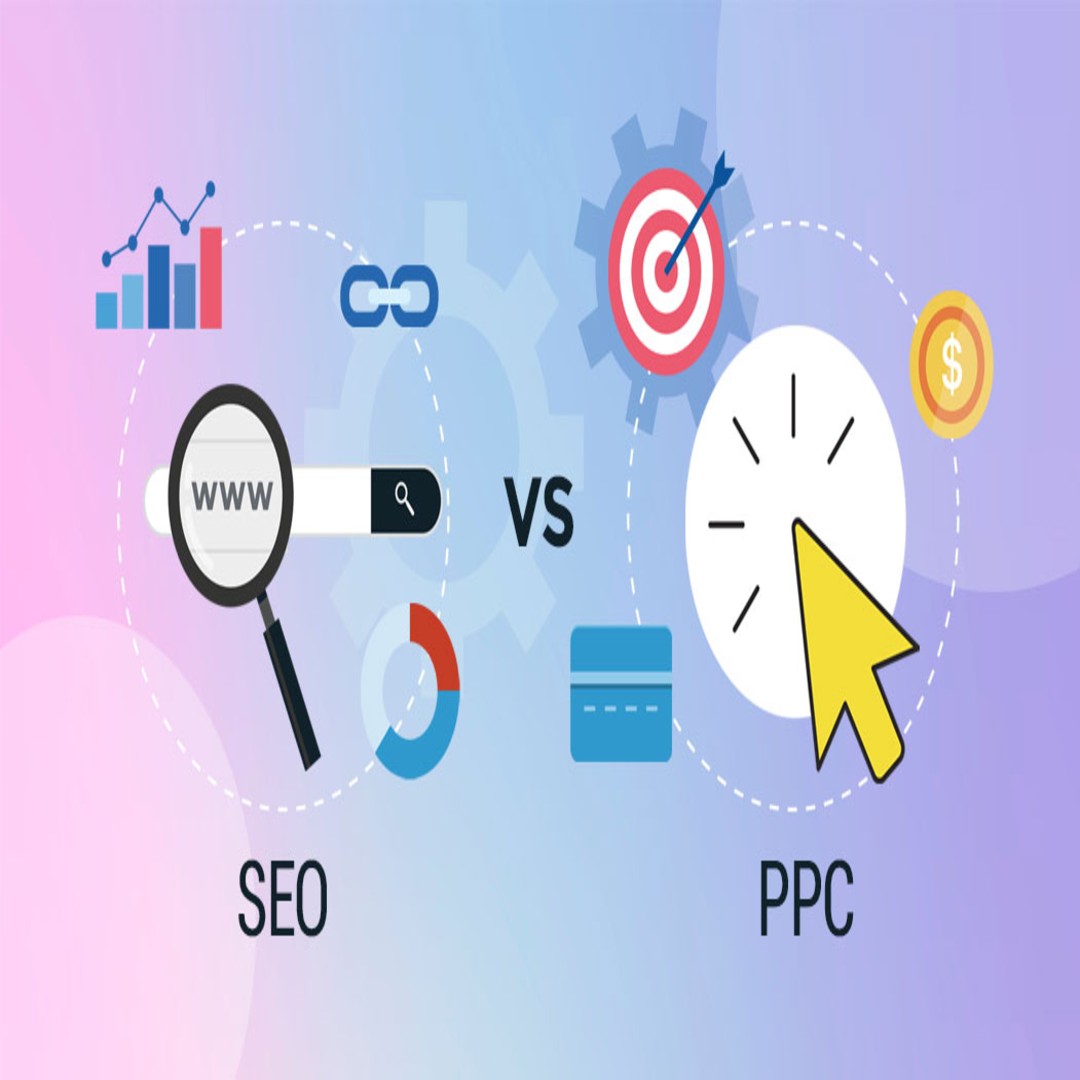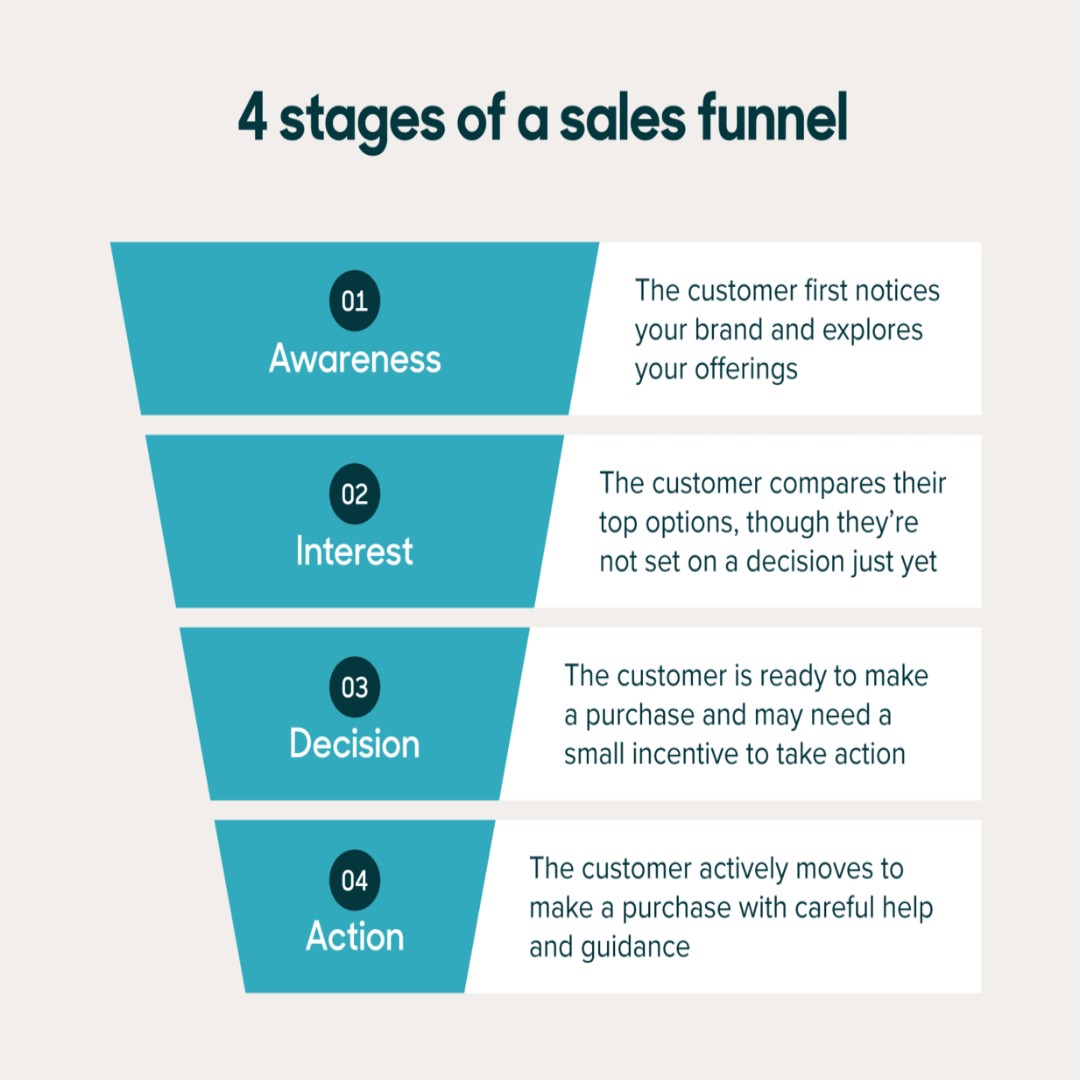
How to Create a High-Converting Sales Funnel: A Step-by-Step Guide
Introduction A well-structured sales funnel is the key to converting website visitors into loyal customers. Whether you're running an e-commerce store or a service-based business, a high-converting sales funnel can significantly boost your revenue. In this guide, we’ll walk you through the essential steps to create an effective sales funnel strategy that maximizes conversions. Step 1: Understand Your Target Audience Before building your sales funnel, you must identify your target audience. Research their pain points, needs, and online behavior. Tools like Google Analytics, social media insights, and customer surveys can provide valuable data. Step 2: Create a Lead Magnet A lead magnet is an irresistible offer that provides value in exchange for contact information. Examples include: Free eBooks or guides Exclusive discounts Webinars or video tutorials Free trials or samples Ensure your lead magnet aligns with your audience’s needs to encourage sign-ups. Step 3: Build a Landing Page Your landing page is where visitors will exchange their details for your lead magnet. For an optimized landing page: Use a clear and compelling headline Include persuasive call-to-action (CTA) buttons Keep the design simple and distraction-free Use testimonials for credibility Step 4: Develop an Email Nurturing Sequence Once you capture leads, nurture them with a series of automated emails that build trust and guide them toward making a purchase. Your email sequence should include: A welcome email introducing your brand Educational content addressing their pain points Customer testimonials and case studies Limited-time offers to create urgency Step 5: Present Your Core Offer At this stage, introduce your main product or service with a compelling sales page. Ensure your offer stands out by highlighting its unique value and benefits. Use: Engaging visuals Bullet points for clarity Social proof (reviews and testimonials) A strong CTA (e.g., "Buy Now," "Get Started") Step 6: Implement Upsells and Downsells To maximize revenue, include: Upsells: Higher-value products or add-ons Downsells: Lower-priced alternatives for hesitant buyers Offering these options increases your chances of converting leads at different budget levels. Step 7: Optimize and Analyze Your Funnel Track the performance of your sales funnel using analytics tools like Google Analytics, Hotjar, or CRM dashboards. Key metrics to monitor include: Conversion rates at each funnel stage Bounce rates on landing pages Email open and click-through rates Make necessary adjustments based on data insights to improve performance. Conclusion Building a high-converting sales funnel requires a strategic approach and continuous optimization. By understanding your audience, offering value, and guiding leads through each step effectively, you can significantly increase conversions and sales. Implement these steps today and watch your sales funnel strategy drive better results for your business!

